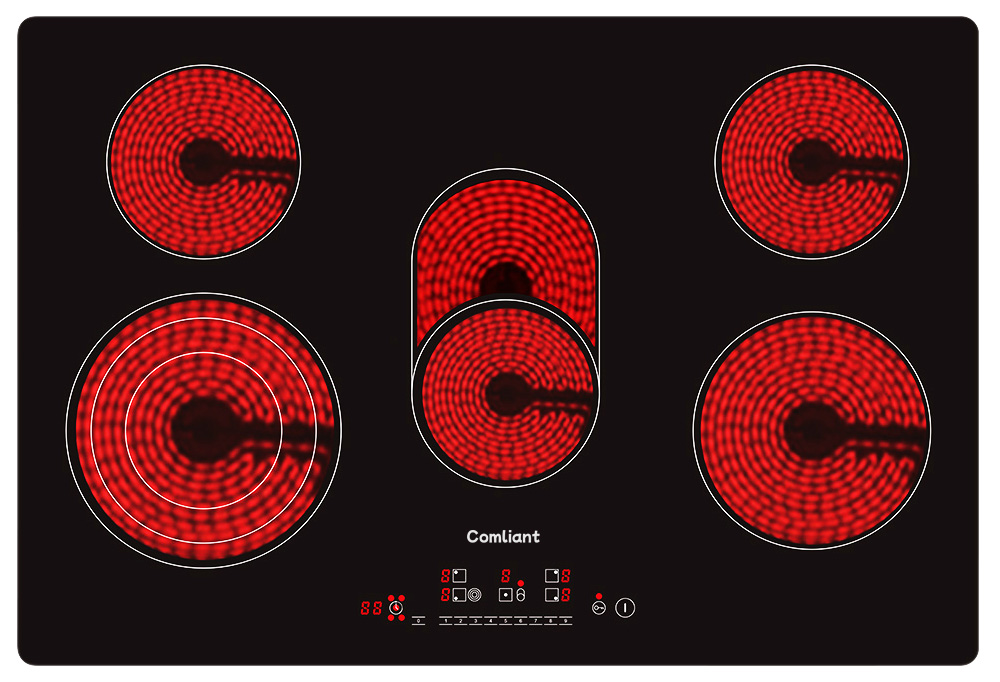Address
No.199, Taian, Zhejiang
Email
[email protected]
Home > Product > Electric Cooktop > GECC5530

The electric cooker hob differs from an induction cooker. While both use electricity, the induction cooker relies on electromagnetic waves to heat cookware, whereas the electric cooktop uses far-infrared rays. Unlike its counterpart, the electric cooktop doesn’t necessitate magnetic cookware, accepting any heat-resistant utensil.
Similar to the induction cooker, the ceramic cooktop boasts a smooth glass surface. Suitable for any flat, heat-resistant cookware, it requires some preheating time unlike the induction cooker. Instead of electromagnetic induction, it heats cookware via thermal conduction. Despite this, the ceramic cooktop offers a wider range of cookware choices.
Distinguishing itself in kitchens, the ceramic cooktop features a smooth surface, simplifying daily cleaning compared to traditional gas stoves. It addresses safety concerns and surpasses limited cookware compatibility, emitting a red light as it warms up.
During operation, the ceramic cooktop remains free from harmful emissions and is easily cleaned. Its stylish appearance enhances kitchen aesthetics, and Comliant offers various models to meet diverse needs.
While typically pricier than traditional hot plate stoves, the electric cooktop boasts superior performance, efficiency, and thermal conversion rates. Both ceramic cooktops and hot plate stoves accommodate various cookware types, with the ceramic cooktop offering greater flexibility. However, induction cookers heat up fastest, requiring almost no preheating time.
Equipped with smart functions and safety features, Comliant’s electric cooktop prioritizes user safety. After shutdown, residual heat can be used for food warming. The product range includes various options, and customization services are available to meet specific needs. As a leading electric cooker hob manufacturing company, Comliant is committed to quality and service.

